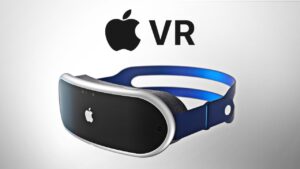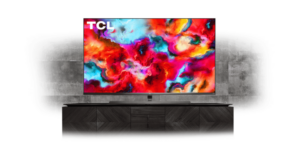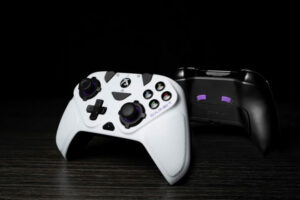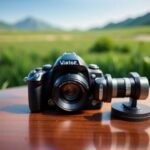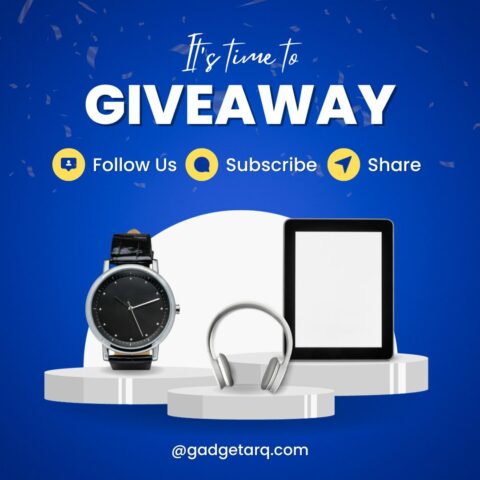Apple has been working on cross-reality products for years, according to sources. While the business believes that AR has a brighter future, “Apple AR/VR” may initially emerge as a niche product. A pricey mixed-reality headset might serve as a test bed for Apple as it prepares to make a huge commitment to AR spectacles.
The company’s suspected virtual reality headgear is called “Apple VR”. The majority of rumors about Apple’s headset ambitions have led to a pair of AR glasses called “Apple Glass”. Several sources, however, have suggested that a luxury VR or mixed-reality headset will arrive first.
Aside from sporadic patent applications, which seldom make it into final goods, “Apple VR” leaks have just lately begun to appear. The majority of the product’s leaks occurred in early 2021, with many publications and experts predicting a costly headgear with cutting-edge technology to arrive in late 2022.
What will you see here?
Expected Release Date & Price
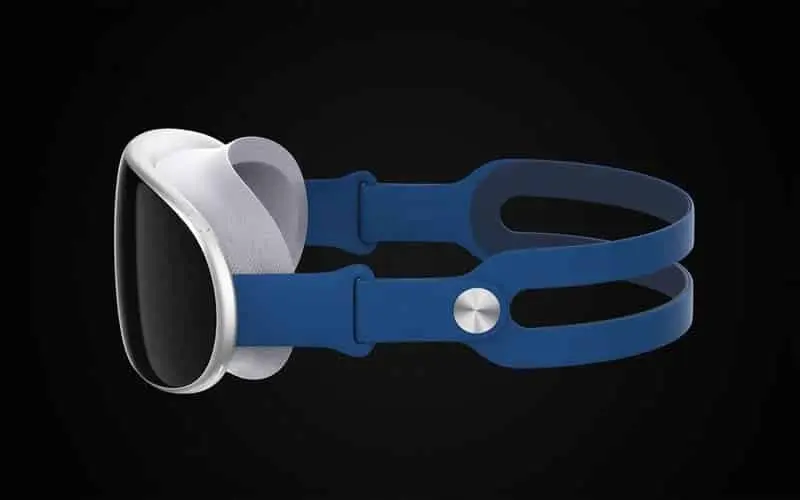
Apple intends to price its headgear “above the $300 to $900 range of its competitors,” and maybe as much as $3,000. The Oculus Quest 2, which costs $299 and above, is the only current population standalone VR headset. Apple’s smartphone would be built with considerably higher-quality components and would prioritize customer privacy.
The high price may indicate a commercial-focused pricing strategy, such as leasing gear or paying software subscriptions. The Hololens headset has a similar economic model, although Apple is on the way to targeting both personal and business buyers.
We expected Apple to unveil the headgear at WWDC 2022, “technical issues relating to overheating, cameras, and software have made it more difficult to stay on schedule.” According to the report, Apple has delayed the unveiling until the end of 2022, or maybe even early 2023, due to these concerns.
According to reports, Apple has also accelerated the development of realityOS, the software that will operate on the headset, in recent weeks. This was supported by the finding of a distinct realityOS patent in early June 2022, which comes within the categories of peripherals, software, and wearable computer gear. With all of this in mind, we don’t anticipate Apple’s AR/VR headset to be unveiled in 2022, with the delay implying a release in 2023 is more plausible.
Design
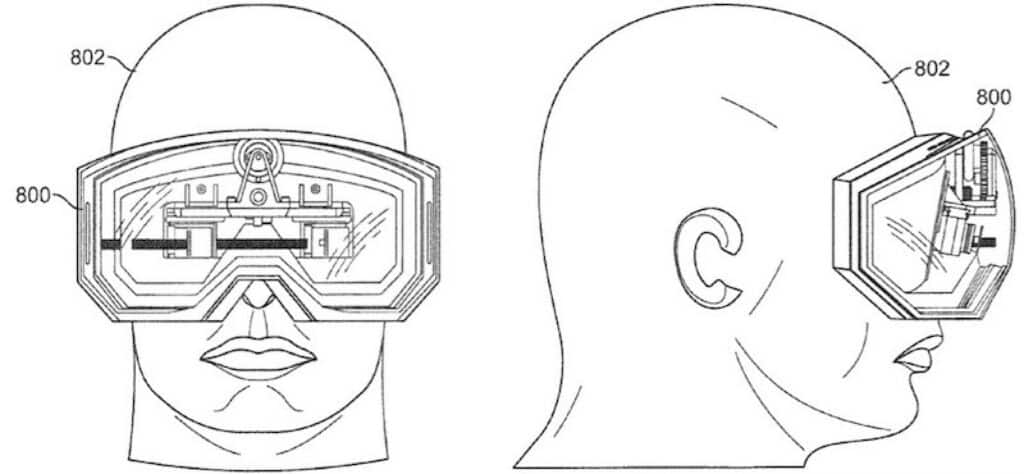
“Apple VR” might be heavier than AR glasses and would resemble existing VR headsets. It would be around the same size as Facebook’s Oculus Quest 2, but with a curved visor on the front.
“Apple VR,” like Facebook’s headgear, would be a standalone device with a built-in battery. With PlayStation VR or Valve Index, it does not require a gaming PC, console, or any external computing source.
The device’s late-stage models and concept photos depict a curved visor with a mesh material that adheres to the face and swappable headbands. Early renderings show a basic headgear with bands similar to the Apple Watch and bands similar to the AirPods Max.
The headgear would be enclosed, allowing for complete VR experiences that are insulated from the outside environment. It would, however, permit AR passthrough through cameras. This is in contrast to “Apple Glass,” which constantly displays your actual world through clear glasses.
Weight
Ming-Chi Kuo estimates that current prototypes weigh between 200 and 300g. However, the business is aiming for 100-200g as long as a few major technical issues are resolved.
One area where it hopes to save weight is in the lens, with Kuo describing a ‘pancake’ lens technology. The next headset would employ “3P pancake” lenses provided by Genius and Young Optics, according to a memo acquired by Cult of Mac.
Cooling System
To power each lens’s perspective, a VR system must analyze two simultaneous graphics streams, each from a different angle. The video for each lens is visually intensive and constantly changes in response to the user’s head motion. The visuals must also be high resolution and support at least 60 frames per second.
The standalone headgear would also feature a built-in battery, raising further worries about overheating. Under these severe conditions, a fan must maintain acceptable operating temperatures.
Despite Apple’s drive to fanless technology – even if it means sacrificing speed, like with the MacBook Air M1 – Kuo believes Apple will add a fan to keep the headset cool.
Apple AR/VR Processor & Display
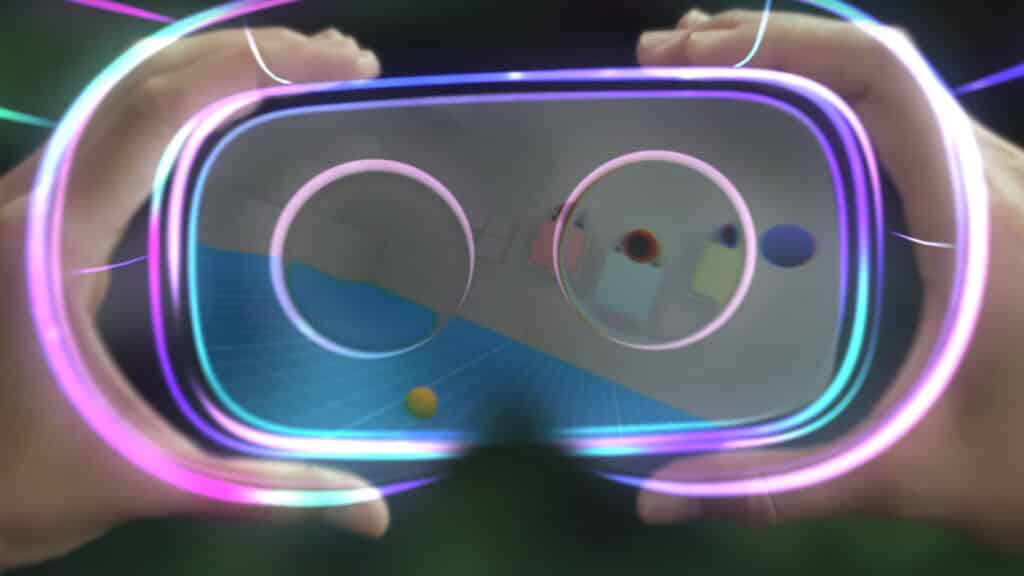
Processor
Apple has tested CPUs for its VR headset that surpasses the M1 processors featured in the newest Macs, according to sources. In the headset designed exclusively for VR apps, Apple may employ a customized version of the M1, M1 Pro, or M1 Max.
According to Ming-Chi Kuo, the headset will actually include two chipsets, the higher-powered of which will be comparable to the performance of the M1 chipset, whereas the lower-end chipset would just handle sensor functions. The headgear will have the “same amount of computational capability as M1” when combined.
Display
“Apple VR” will also feature a significantly higher-resolution display than other VR offerings. The HP Reverb boasts the best resolution of any modern consumer headset. It has a resolution of 2160 x 2160 for each eye, for a total of 4320 x 2160.
According to reports, the Apple headgear would include ultra-high-resolution 8K monitors. A pixel-dense screen would generate an ultra-sharp image with no “screen door effect,” the phrase used to describe the tendency of early VR headsets to display visible pixels. A more realistic environment would also be possible with an 8K display, boosting the user’s total sense of presence.
Even Apple’s strongest in-house CPUs would struggle to power an 8K display. The business is supposedly working toward this goal by adding foveated rendering. This technology monitors the user’s gaze, emphasizing just the visual detail in the portion the user is seeing. The quality of portions of the virtual picture in the user’s peripheral vision has been reduced.
Software

Apple is rumored to seek to develop a specialized App Store for the headset. With a focus on gaming, streaming video content, and virtual conversation, similar to Oculus’ current standalone headset. Bloomberg reports that the headgear would provide “an all-encompassing 3-D digital world” centered on gaming, streaming video, and checking up with friends.
The Apple VR headset, like the iPhone’s iOS, Mac’s macOS, and Apple TV’s tvOS, might run something called “rOS” or “realityOS.” The headgear will most likely have its own App Store where devs can create and distribute programs for the new headset.
Prescription Lenses

According to reports, Apple intends to allow users to obtain personalized prescription glasses. They may place them over the VR screens in the headgear.
Offering prescription lenses would need Apple to adhere to regional government rules. The corporation has yet to decide how to handle perceptions during online or retail purchases.
While patents may not necessarily foretell a final product, Apple filed one that would use fluid & pressure to automatically change the user’s prescription. It’s unclear if Apple will utilize this patent for VR, AR, both, or none.
Does iPhone 12 pro have AR Headset?
Unlike the normal iPhone 12, the iPhone 12 Pro has a LiDAR scanner, which uses lasers to bring augmented reality (AR) interactions to new heights.
Is Apple working on VR or AR?
The Apple VR/AR headset has reportedly been postponed until 2023. The Apple VR/AR headset may arrive later than initially anticipated. According to a recent analyst estimate, Apple’s suspected mixed reality headset might be delayed until 2023. Casting doubt on prior reports that the gadget will be released by the end of this year.
Conclusion
Though the first-generation AR/VR headset has yet to be released. Apple is already focusing on the second version, according to Ming-Chi Kuo, an Apple analyst. The AR/VR headset due in 2024 will have an upgraded design that is lighter. Also, a new battery system and a quicker processor.
According to speculations, LG is working on micro-OLED display panels for Apple’s second-generation AR/VR headset. LG will supply certain components for the first-generation model, but will also supply screens for the second-generation model.
Apple analyst Ming-Chi Kuo says the company is working on AR “contact lenses” that will be available in the 2030s. The lenses, according to Kuo, will transition electronics from the age of “visible computing” to the era of “invisible computing.” There is now “no visibility” for contact lenses, and it is not a certain product that Apple will produce.


